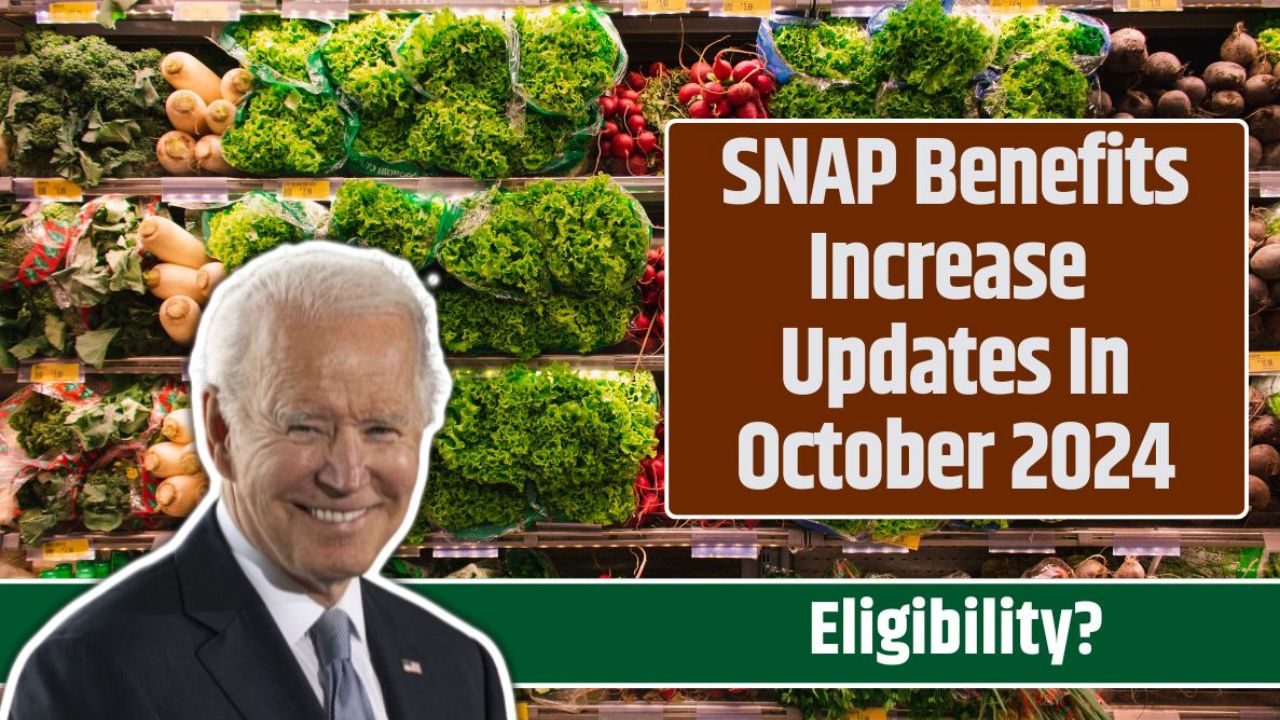Hurricane season is here, and residents in Florida are, as usual, some of the most affected by the intense weather patterns and their destruction. After Hurricanes Helene and Milton hit the state within a 12-day period, the U.S. Department of Agriculture (USDA) announced a temporary expansion of the Supplemental Nutrition Assistance Program (SNAP).
After Hurricane Helene hit the state at the end of September and Hurricane Milton did the same at the beginning of October, the USDA started aiding with the relief aid by implementing Disaster Relief SNAP benefits (D-SNAP) to the 24 counties that were affected the most in the state. This encompasses approximately 407,733 households across Florida.
Usually, SNAP benefits are meant to provide food for households with the lowest or no income in order to pay for groceries. They are better known as food stamps because of the previous system of distribution, which consisted of a card that was physically stamped every time it was used at the store.
But the program does much more than just this. In times of a serious natural disaster, D-SNAP is issued to families that would not qualify for the program usually, but have been severely impacted by the destruction and is in dire need of immediate help to get by.
Agriculture Secretary Tom Vilsack released a statement explaining the relief efforts of the USDA after the tragedy: “USDA is committed to making sure that families, farmers and communities impacted by recent hurricanes get the support they need, including help with grocery expenses as people grapple with significant disruption to their lives. The Biden-Harris Administration, including USDA, will do everything in our power to help you respond, recover and rebuild – no matter how long it takes.”

